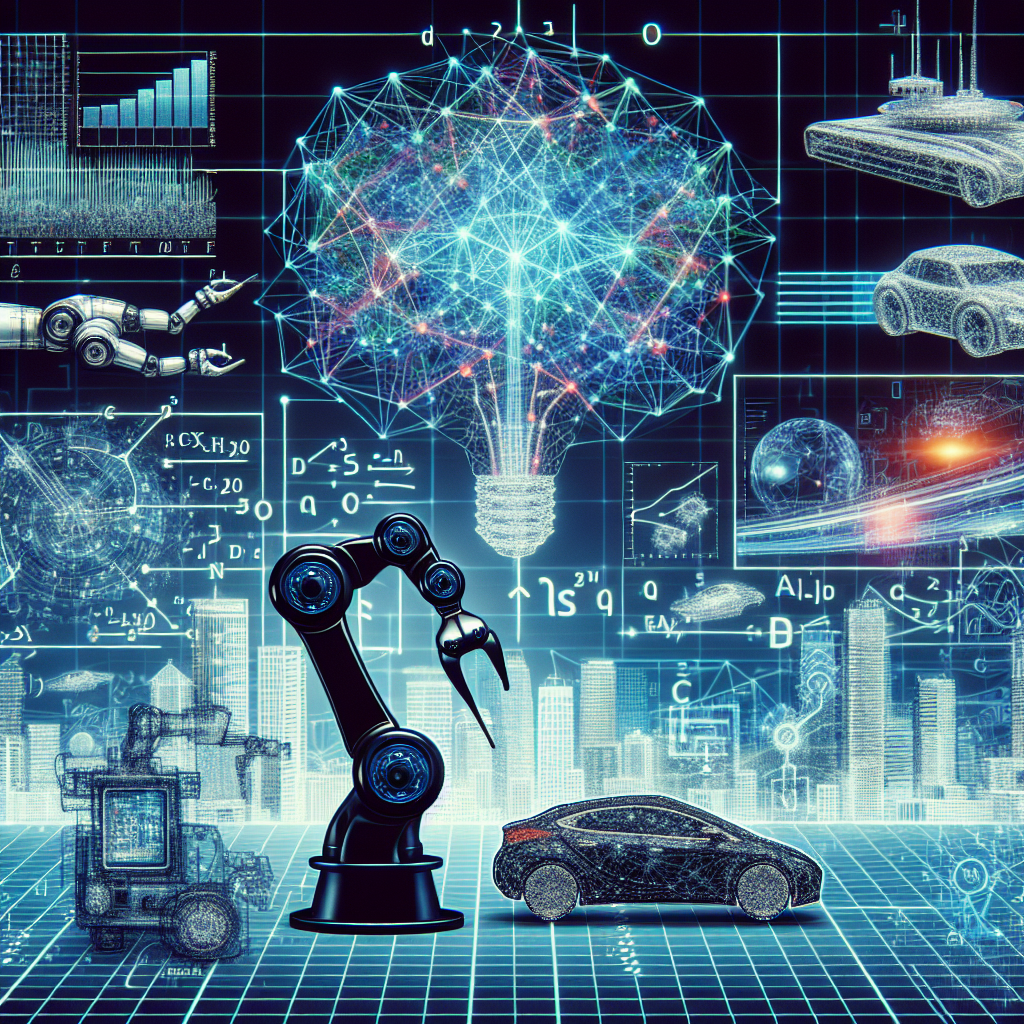Deep neural networks have become a powerful tool in the field of artificial intelligence, revolutionizing the way we approach complex problems and tasks. These advanced algorithms, inspired by the way the human brain processes information, have shown remarkable success in various applications such as image and speech recognition, natural language processing, and autonomous driving.
One of the key advantages of deep neural networks is their ability to learn complex patterns and relationships in data through a process called deep learning. By stacking multiple layers of interconnected artificial neurons, these networks can automatically extract features from raw data and make accurate predictions or classifications. This capability has made them indispensable in a wide range of real-world applications.
In the field of healthcare, deep neural networks have been used to analyze medical images such as X-rays and MRI scans, helping doctors detect diseases like cancer at an early stage. These networks can also be used to predict patient outcomes and personalize treatment plans based on individual characteristics.
In the financial sector, deep neural networks are being used to detect fraudulent transactions, predict stock prices, and optimize trading strategies. By analyzing vast amounts of data in real-time, these networks can help financial institutions make informed decisions and mitigate risks.
In the field of autonomous vehicles, deep neural networks play a crucial role in enabling cars to navigate safely and efficiently on the road. These networks can process sensor data from cameras, lidar, and radar systems to recognize objects, predict their movements, and make decisions in real-time.
In the field of natural language processing, deep neural networks have been used to develop chatbots, translation tools, and sentiment analysis algorithms. These networks can understand and generate human language, enabling more natural and engaging interactions between machines and humans.
Despite their impressive capabilities, deep neural networks also come with challenges such as the need for large amounts of labeled data, computational resources, and expertise in model tuning. However, ongoing research and advancements in the field are addressing these challenges and making deep learning more accessible to a wider audience.
In conclusion, harnessing the power of deep neural networks for real-world applications has the potential to revolutionize industries, improve outcomes, and drive innovation. By leveraging the capabilities of these advanced algorithms, we can unlock new possibilities and solve complex problems that were once thought to be insurmountable. As we continue to push the boundaries of artificial intelligence, the future looks promising for deep neural networks and their transformative impact on society.
#Harnessing #Power #Deep #Neural #Networks #RealWorld #Applications,dnn


Leave a Reply